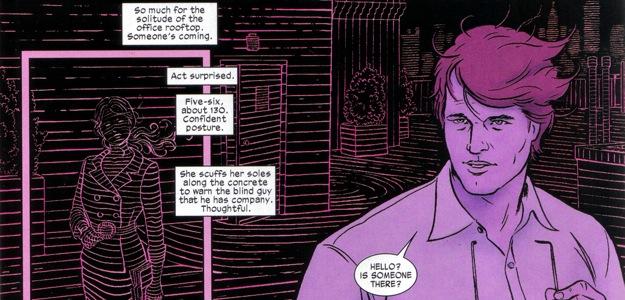 The same technology that allows robots to recognize where they are and know where they’re going is being adapted for use with humans, allowing blind people to navigate their surroundings without the help of other people, even if they’ve never been there before.
The same technology that allows robots to recognize where they are and know where they’re going is being adapted for use with humans, allowing blind people to navigate their surroundings without the help of other people, even if they’ve never been there before.
New Scientist reports on research being carried out at the Institute of Intelligent Systems and Robotics at the Pierre and Marie Curie University in Paris, France, that tricks out a pair of glasses with miniature cameras and sensors that send signals to a handheld device. That device then reports to the wearer via a braille interface, communicating their position as well as any obstruction or obstacle in the immediate vicinity. Edwige Pissaloux, the scientist in charge of the project, explains that “Navigation for me means not only being able to move around by avoiding nearby obstacles, but also to understand how the space is socially organized – for example, where you are in relation to the pharmacy, library or intersection.”
The glasses create a 3D image of the scene via cameras on either side, with maps updated ten times per second as the user moves about the space. Those maps are then transmitted to the device, and displayed in 3D tactile form for the user to read as they move forward, with heat-sensitive pins activating as the users gets too close. According to Pissaloux, tests have demonstrated that the glasses and device allow blind users to move through complicated spaces at walking speed.
Research into the area continues, with scientists in other locations adapting smartphones to replace the Parisian device, or using systems to adopt already existing 2D digital maps of indoor spaces to provide more mobile ways of identifying spaces. We may not be at the point of Geordi La Forge’s VISOR just yet, but we’re definitely making the first steps towards that goal.
Editors' Recommendations
- Holotron is a robotic exosuit that could transform the way we use VR
- VR is making medical training cheaper, better, and more accessible than ever
- Here are the best tech gifts you can snag for $100 or less


